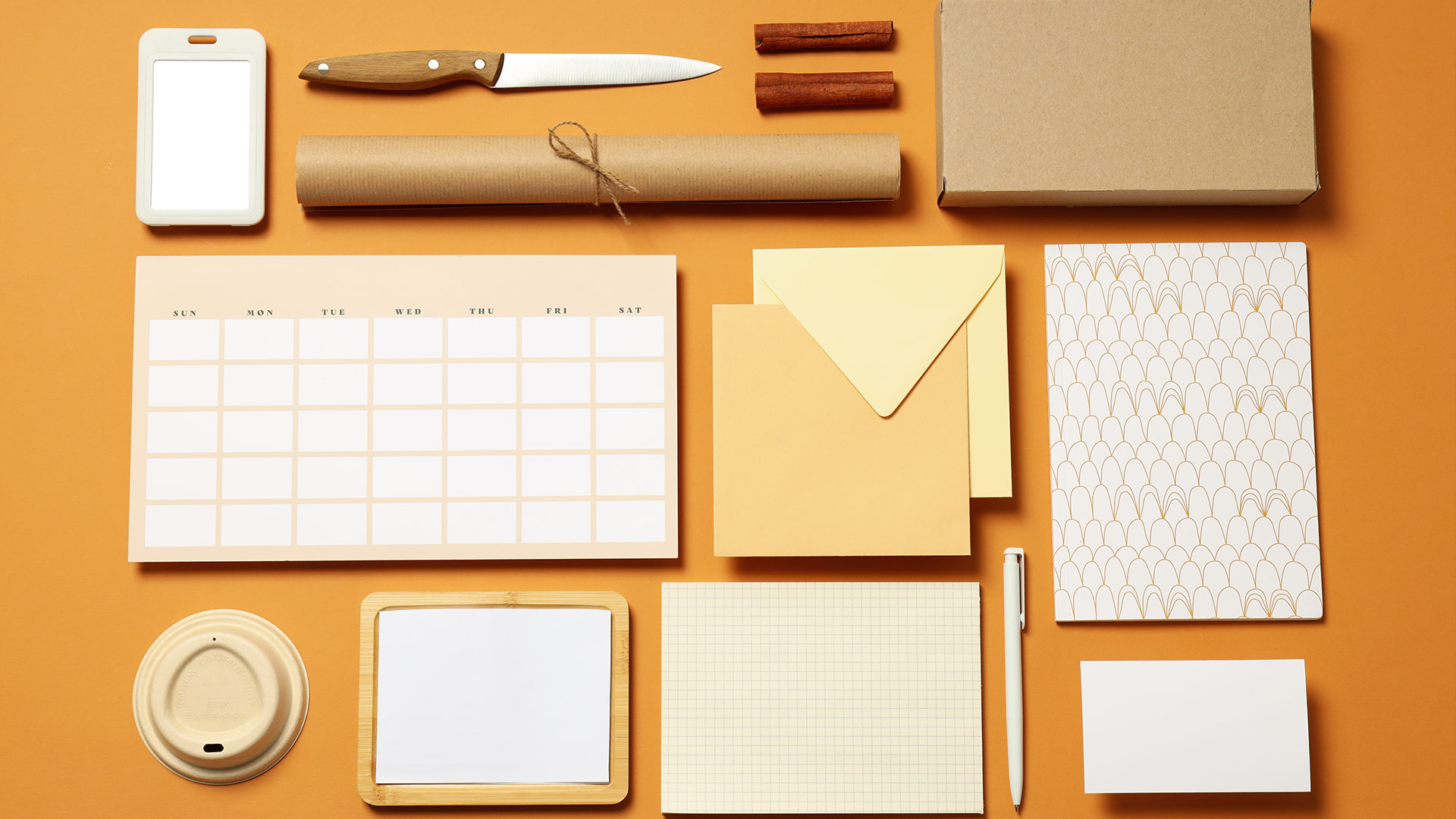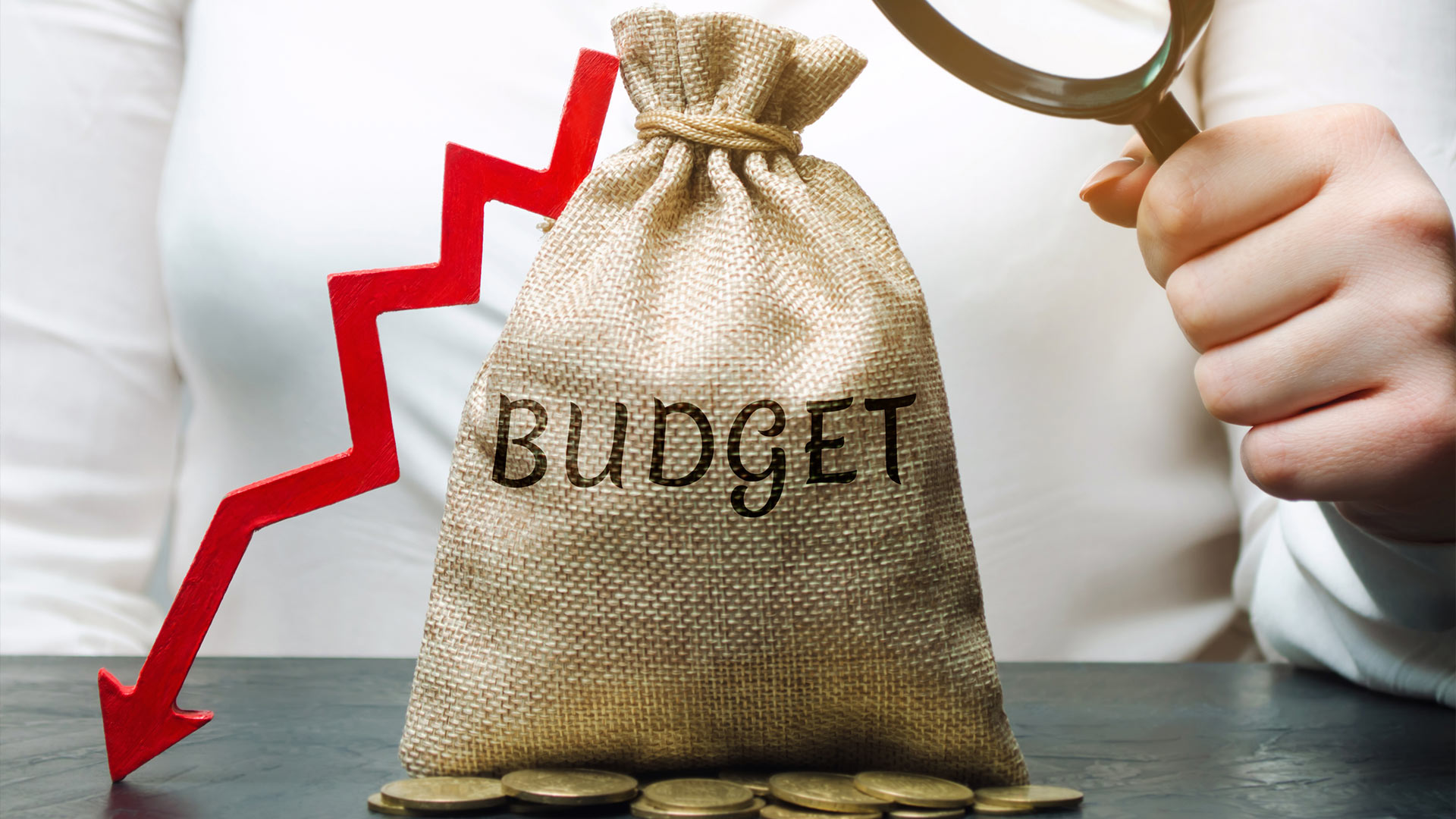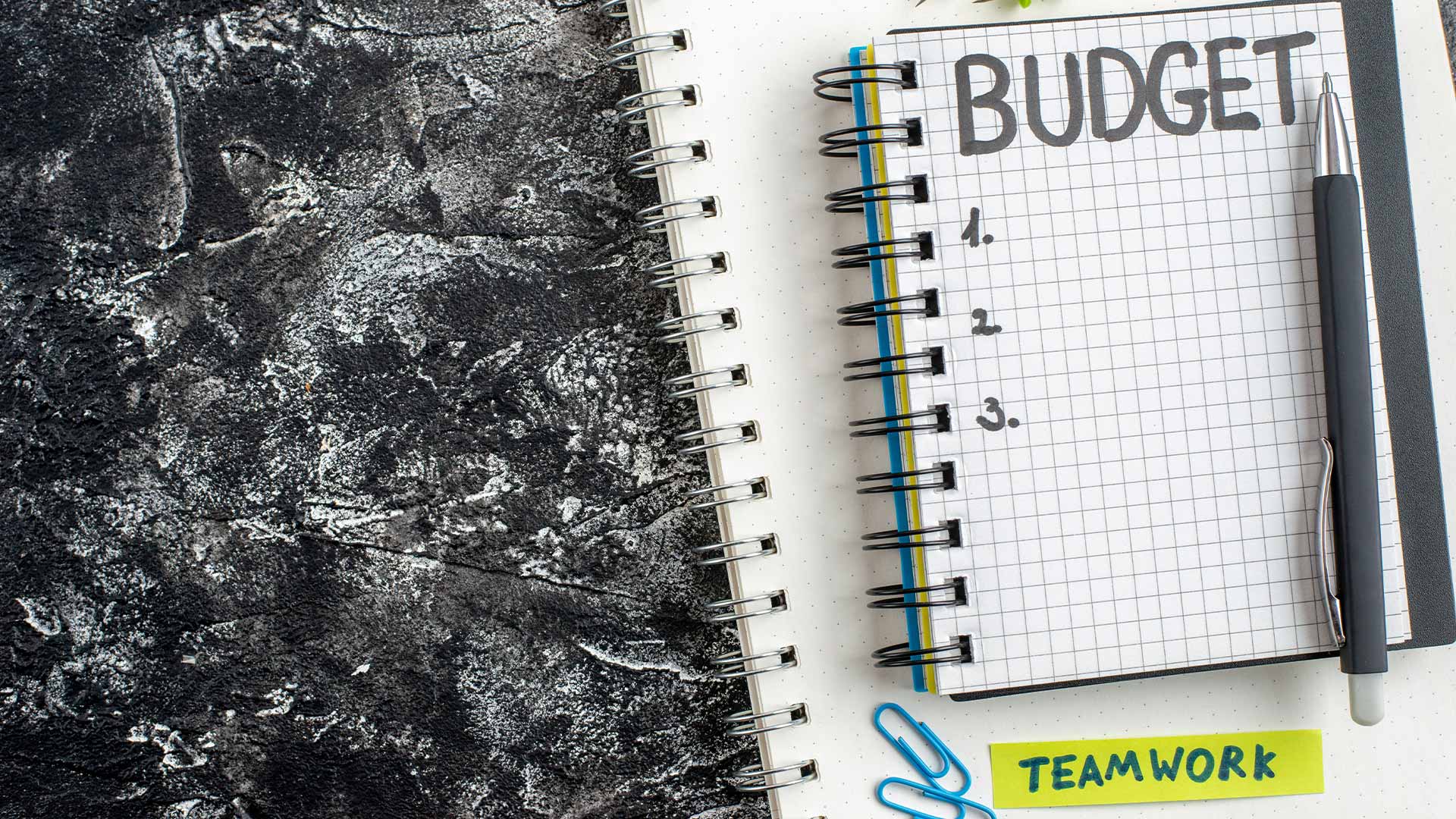Not everyone wants to dive into spreadsheets, track every latte, or become a personal finance nerd. And that’s perfectly fine. The truth is, you don’t have to be hyper-organized or ultra-disciplined to get your money under control. You just need a system that works with your energy level--not against it.
If you’d rather do almost anything than sit down and build a detailed budget, this lazy-friendly routine is for you. It’s only three steps, takes minimal effort, and still gives you results.
Step 1: Automate the Essentials
Lazy budgeting starts with removing as many decisions as possible. That means automation.
Here’s what to automate:
- Fixed bills: Set up auto-pay for rent, utilities, internet, insurance, and loan payments. Let them take care of themselves.
- Savings: Automate a small transfer from checking to savings the day after each paycheck hits. Even $25 is enough to build the habit.
- Credit card payments: Schedule the minimum (or full balance if possible) to auto-pay. No missed payments, no late fees.
This is your financial autopilot. Once it’s set, you don’t have to touch it unless something changes. The less you think about this part, the better.
Step 2: Track Your Weekly Spending With One Number
Instead of budgeting by category, use a single number for your weekly spending. This is your “safe to spend” amount--the money that’s left after bills, savings, and goals are covered.
Let’s say you get paid $1,000 every two weeks. After auto-bills and auto-savings, you’ve got $400 left for two weeks. That means you can spend $200 per week on groceries, gas, fun, and anything else.
How you spend it is up to you. Want to use it all on takeout? Go ahead. Prefer to save it up for a concert next weekend? That works too. The only rule: when it’s gone, it’s gone.
No categories. No judgment. Just one number.
Here’s how to manage it lazily:
- Check your account balance once every few days
- Keep a sticky note or phone note with your weekly spending limit
- Stop spending when your “safe to spend” runs low
You’re not tracking every transaction--you’re watching the total. That’s enough.
Step 3: Do a 10-Minute Reset Once a Week
Set a recurring reminder to do a quick money reset once a week--Sunday night or Monday morning works great.
Your 10-minute reset includes:
- Checking your bank balance
- Glancing at upcoming bills (auto or manual)
- Looking at how much you spent last week
- Resetting your weekly “safe to spend” number
- Moving any leftover cash to savings or next week
That’s it. No deep dives. No spreadsheets. Just a quick pulse check to keep you from drifting too far off track.
You’re not trying to be perfect. You’re just staying aware. And that awareness is what makes this routine work.
Bonus: Use Lazy-Friendly Tools
Pick tools that save time and work behind the scenes:
- Banking apps that auto-categorize spending
- Budgeting apps that show your “left to spend” amount at a glance
- Spending alerts to warn you before you overdraft or go overboard
- Cash-back apps that reward you without any extra effort
The goal is minimal input, maximum insight.
Some great apps for lazy budgeters:
- Simplifi by Quicken - focuses on spending plans, not detailed categories
- Copilot - great for visual learners, requires minimal setup
- Qapital - automates savings through custom rules and triggers
- Your bank’s native app - often has basic budgeting tools built in
Don’t overthink it. Use what feels easiest.
Why This Works (Even If You’re Lazy)
This 3-step system works because it’s based on behavior, not perfection.
- Automation means fewer decisions and less willpower needed
- One number keeps things simple and flexible
- Weekly resets prevent small problems from becoming big ones
It’s not about tracking every penny. It’s about staying just close enough to your money that you feel in control--without feeling overwhelmed.
And honestly? That’s more sustainable than any complex budget you’ll build and abandon a week later.
If you’ve failed at budgeting before because it felt like too much, try this instead. It’s simple, forgiving, and built for real life--even the lazy parts.



